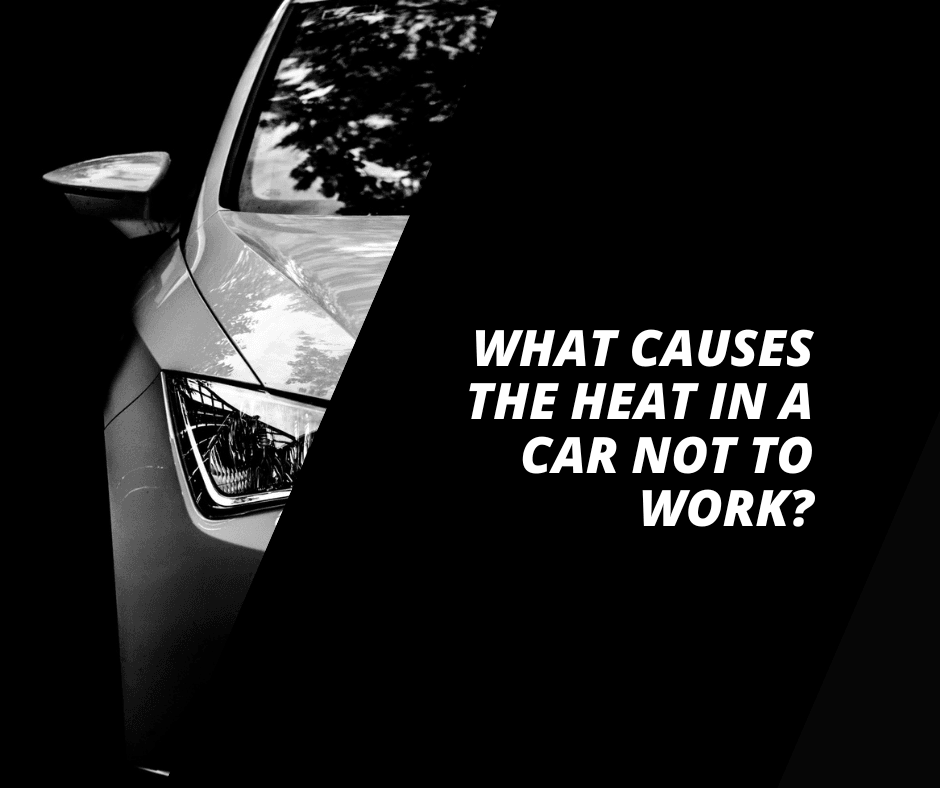Do I Need Full Coverage Insurance to Finance a Car? A Detailed Guide
You’ve found the perfect car. You’ve negotiated the price, secured a loan, and you’re ready to grab the keys and hit the open road. But then, you’re hit with a term from your lender that can be confusing and costly: “full coverage” insurance. What does it mean? Why is it required? And how can you get it without breaking the bank? Navigating the world of auto financing and insurance can feel overwhelming, but it doesn’t have to be.
The direct answer is: yes, in 99.9% of cases, you absolutely need to have “full coverage” insurance when you finance a car. Lenders in the U.S. universally require it as a condition of the auto loan. This isn’t just a suggestion; it’s a mandatory requirement to protect the lender’s financial investment in your vehicle for the entire life of the loan.
In this comprehensive guide, we’ll break down exactly what “full coverage” means, why it’s non-negotiable for financed vehicles, what happens if you let it lapse, and—most importantly—how you can fulfill this requirement without overpaying. Let’s demystify the process and put you in the driver’s seat of your financial decisions.

What Is “Full Coverage” Insurance, Really?
Here’s the first thing you need to know: “full coverage” is not an official type of insurance policy. It’s a common industry slang term that refers to a combination of different coverages that, together, provide comprehensive protection for a vehicle. When a lender says you need “full coverage,” they mean a policy that includes three key components:
1. Liability Insurance (The Legal Minimum)
This is the foundation of any auto insurance policy and is required by law in nearly every state. It doesn’t cover your car or your injuries. Instead, it covers the costs of damages and injuries you cause to *other people* and their property in an at-fault accident. It’s broken into two parts:
- Bodily Injury Liability: Pays for the medical expenses, lost wages, and pain and suffering of people you injure.
- Property Damage Liability: Pays for the repair or replacement of property you damage, such as another person’s car, a fence, or a building.
While liability is legally required, it’s not enough for a lender. Why? Because it does nothing to protect the value of the car itself.
2. Collision Insurance (Protects Your Car in a Crash)
This is the first key ingredient your lender requires. Collision coverage pays to repair or replace your own vehicle after an accident with another object (like another car, a pole, or a guardrail), regardless of who is at fault. If your car is deemed a total loss, this coverage will pay you its Actual Cash Value (ACV), minus your deductible.
3. Comprehensive Insurance (Protects Your Car from Everything Else)
This is the second crucial component. Comprehensive coverage pays for damage to your car from non-collision events. Think of it as the “life happens” coverage. It includes things like:
- Theft and Vandalism
- Fire and Explosions
- Storms (hail, wind, flooding)
- Contact with an animal (like hitting a deer)
- Falling objects (like a tree branch)
Analogy: Think of it this way: Liability protects everyone else from you. Collision and Comprehensive protect the car itself—which, until you pay it off, is the lender’s asset.
Why Lenders Mandate Full Coverage: Protecting the Asset
The reason for this requirement is simple: the car is the collateral for your loan. Until you make that final payment, the lender is a part-owner of your vehicle and has a financial stake in it. They are known as the lienholder.
Imagine you finance a $30,000 car. You drive it off the lot with only liability insurance. A week later, a tree falls on it during a storm, totaling the car. Without comprehensive coverage, your insurance won’t pay a dime to fix or replace it. Now you’re left with no car and a $30,000 loan to pay back. The lender has no car to repossess and sell to recoup their money, and you are in a terrible financial position. Collision and comprehensive coverage ensure that there is money from the insurance company to pay off the loan in a worst-case scenario.
Don’t Forget About Gap Insurance
Many lenders will also strongly recommend or even require you to purchase Gap Insurance (Guaranteed Asset Protection). This covers the “gap” between what your car is worth (its ACV) and what you still owe on your loan. Cars depreciate quickly, so it’s common to be “underwater” on a loan, meaning you owe more than the car is worth. If your car is totaled, collision/comprehensive pays the ACV, and gap insurance pays the rest of the loan balance.

The Fine Print: Lender Requirements for Your Policy
Beyond just having the three core coverages, lenders will have specific requirements for your policy’s details:
- Maximum Deductible: A deductible is the amount you pay out-of-pocket on a claim before insurance kicks in. Lenders want to ensure you can actually afford to file a claim, so they typically set a maximum deductible, often $500 or $1,000.
- Lienholder Listed: The lender must be listed as a “lienholder” and “loss payee” on your policy. This gives them the right to be included on any claim payment checks and ensures they are notified if you cancel or change your coverage.
- Proof of Insurance: You cannot drive the car off the dealership lot until you’ve provided proof of an active policy that meets all the lender’s requirements.
The High Cost of Non-Compliance: What Happens If You Drop Full Coverage?
Let’s be clear: dropping full coverage on a financed car is a breach of your loan agreement with severe consequences.
Force-Placed Insurance
Your lender continuously monitors your insurance status. If you cancel your policy or remove the required coverages, they will be notified. After a grace period, they will purchase insurance on your behalf to protect their asset. This is called force-placed insurance, and it is a nightmare for borrowers. It is incredibly expensive—often 3 to 5 times the cost of a standard policy—and it only covers the vehicle itself, offering no liability protection for you. The high premium is then added to your monthly loan payment.
Loan Default and Repossession
Failing to maintain the required insurance is a violation of your contract. This can put your loan into default, giving the lender the right to repossess the vehicle. This will destroy your credit score and leave you with no car and potentially still owing money on the loan.
Smart Strategies to Save on Mandatory Full Coverage
- Always Shop Around: This is the single most effective way to save money. Get quotes from multiple companies. Rates for the same driver and car can vary by hundreds or even thousands of dollars per year.
- Choose a Higher Deductible: If your lender allows a $1,000 deductible instead of a $500 one, opting for the higher amount will lower your premium. Just be sure you have that amount saved in an emergency fund.
- Ask for Discounts: Insurers offer a huge range of discounts. Ask your agent about potential savings for being a good student, having anti-theft devices, bundling with home/renters insurance, or taking a defensive driving course.
- Maintain Good Credit: In most states, your credit history is a major factor in determining your insurance premium. Paying bills on time can lead to lower rates.
- Practice Proactive Maintenance: A well-maintained car is a safer car. Preventing accidents is the best way to keep rates low, which starts with being aware of common car probelms and addressing them before they become serious safety issues.
Protect Your Investment: Tools for the Responsible Car Owner
Insurance companies love responsible drivers. Investing in tools that promote safety and vehicle maintenance can not only prevent accidents but also be invaluable during a claim.

Vantrue N4 Pro 3 Channel Dash Cam
A dash cam is your unbiased witness in an accident. This 3-channel model records the front, rear, and inside of your car in stunning 4K, providing indisputable evidence for insurance claims and protecting you from fraudulent ones. It’s a must-have for any car owner.
Check Price on Amazon
Lifeline AAA Premium Road Kit
Being prepared for an emergency is crucial. This comprehensive 42-piece AAA-branded kit includes jumper cables, a first-aid kit, a flashlight, and other essential tools to handle minor roadside issues safely, keeping you and your asset protected until help arrives.
Check Price on Amazon
ANCEL Universal OBD II Scanner
Understanding your car’s health is key to preventing accidents. This OBD II scanner lets you read diagnostic trouble codes, so you know exactly what a “Check Engine” light means. Addressing issues promptly keeps your vehicle safe and reliable.
Check Price on AmazonFrequently Asked Questions (FAQ)
When can I finally drop full coverage on my car?
You can downgrade your insurance from full coverage to liability-only as soon as the loan is completely paid off and the lender releases the lien on your car’s title. Once you own the car outright, the decision of how much coverage to carry is yours (as long as you meet your state’s minimum liability requirements).
Can I switch insurance companies while I’m still financing my car?
Yes, absolutely! You are free to switch insurers at any time. The crucial rule is to ensure there is no lapse in coverage. You must have your new policy in place and active *before* you cancel your old one. You’ll also need to make sure your new insurer lists your lender as the lienholder and sends them proof of coverage.
Is Gap Insurance worth the cost?
For most financed vehicles, especially new ones, gap insurance is highly recommended. A new car can lose 10-20% of its value in the first year alone. If your car is totaled early in the loan term, you will almost certainly owe more than the insurance payout. Gap insurance is a low-cost policy that can save you from thousands of dollars of debt for a car you no longer own.
Does “full coverage” literally cover everything?
No, it’s important to understand the exclusions. Full coverage does not typically cover routine maintenance (oil changes, new tires), mechanical breakdowns, or normal wear and tear. It also won’t cover custom parts or equipment unless you add a special endorsement to your policy. Always read your policy documents carefully.
Conclusion: Smart Coverage for a Smart Investment
Requiring full coverage insurance isn’t a tactic by lenders to make your life difficult; it’s a fundamental business practice to protect a significant financial asset—your car. It ensures that no matter what happens on the road, there’s a financial safety net to make things whole.
While it is an unavoidable cost of financing, you are in complete control of how much you pay. By understanding what the coverage entails, shopping around for the best rates, and practicing responsible car ownership, you can meet your lender’s requirements and protect your new vehicle without draining your wallet. Treat insurance not as a burden, but as an integral part of your car ownership strategy.